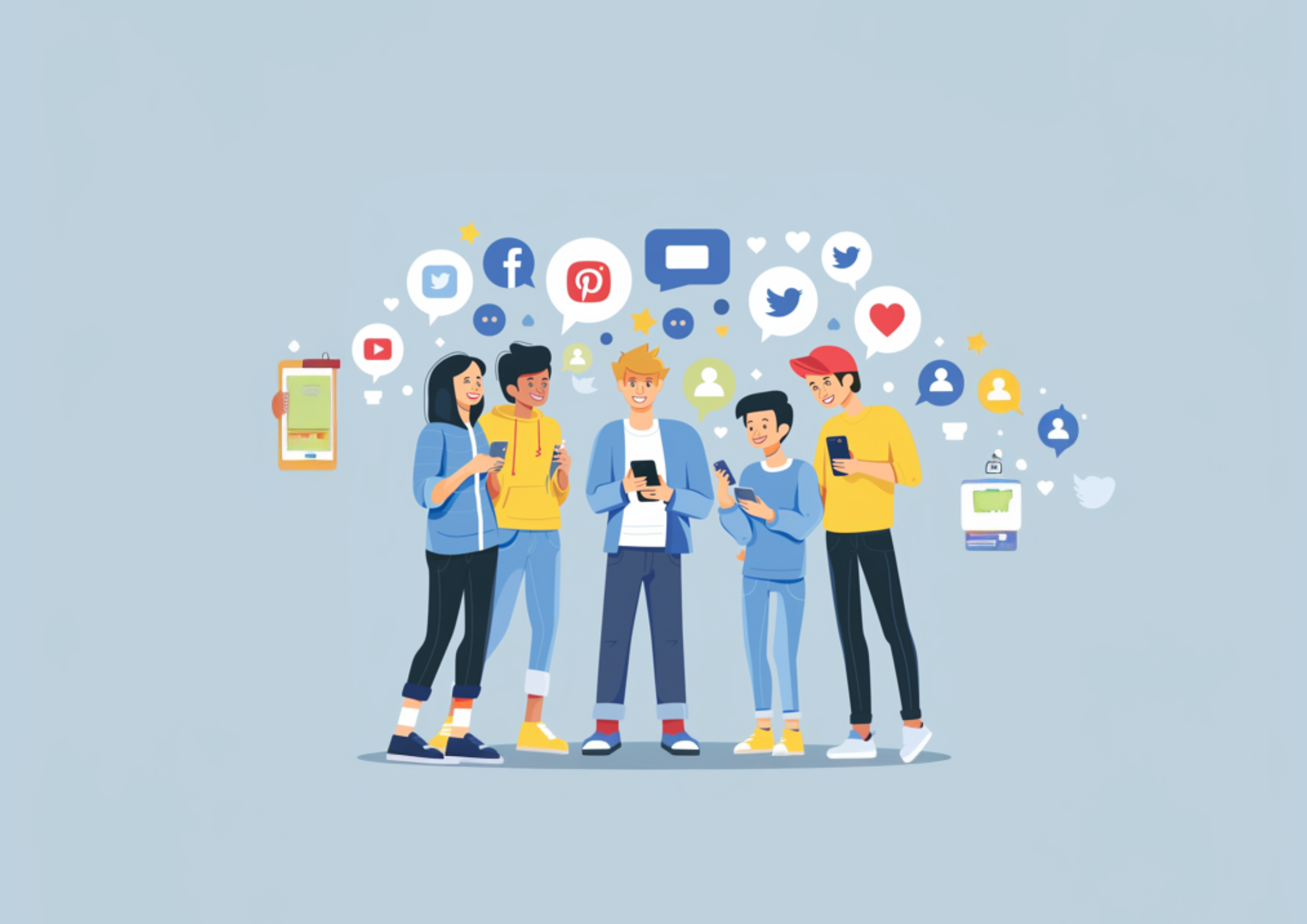AI and Machine Learning: The game-changers of digital marketing in 2024
Artificial intelligence (AI) and machine learning (ML) are transforming the digital marketing landscape in unprecedented ways. From generating personalized content and recommendations to optimizing campaigns and analytics, AI and ML are enabling marketers to create more engaging and effective experiences for their customers. In this article, we will explore some of the key trends and applications of AI and ML in digital marketing in 2024, and how they are reshaping the future of marketing.
AI-powered content creation and curation
AI and ML are integral in digital marketing, enabling marketers to create scalable, high-quality content through Natural Language Generation (NLG) and Natural Language Understanding (NLU). NLG produces text, images, videos, and audio, while NLU extracts insights from natural language. Platforms like ChatGPT showcase AI’s versatility in generating immersive content for advertising, blogging, social media, and product descriptions, adapting to diverse tones and styles. Additionally, AI and ML, utilizing natural language processing (NLP) and recommendation systems, empower marketers to personalize content based on customer interactions, preferences, and behaviors. Netflix, for example, employs AI and ML to provide tailored recommendations and content aligned with users’ viewing habits and preferences.
AI-driven analytics and optimization
Marketers leverage AI and ML to measure and enhance the performance of campaigns through data mining, predictive analytics, and optimization algorithms. Data mining allows for the collection and processing of extensive data from various sources like the web, social media, email, and mobile. Predictive analytics aids in forecasting outcomes such as conversions, sales, retention, and loyalty. Optimization algorithms assist marketers in finding optimal solutions for objectives like budget allocation, bidding, targeting, and segmentation. Google Ads, a prominent online advertising platform, employs AI and ML for features like smart bidding, smart campaigns, and responsive search ads. Smart bidding adjusts bids automatically to maximize conversions, while smart campaigns simplify and automate ad campaign creation and optimization based on goals and budget. Responsive search ads use NLG to generate and test multiple variations.
AI-enhanced customer experience and engagement
Elevating customer experience and engagement in digital marketing, AI and ML have become pivotal components. Through conversational AI like chatbots and voice assistants, marketers foster communication and offer seamless support. Computer vision technology enables the understanding of visual content, facilitating personalized experiences and efficient object tracking. Emotion recognition technology further refines interactions by identifying and analyzing customer emotions, allowing for tailored approaches.
Coca-Cola serves as a notable example, leveraging AI and ML for personalized bottles using facial recognition, interactive vending machines facilitating voice-based transactions, and emotionally targeted ads shaped by emotion recognition technology to align with customer sentiment.
In the landscape of digital marketing in 2024, AI and ML emerge as transformative forces, offering unparalleled opportunities for marketers. These technologies empower marketers to craft compelling and impactful campaigns, curate relevant content, and enhance performance measurement. The integration of AI and ML not only amplifies existing capabilities in digital marketing but also opens new realms of innovation and excellence, paving the way for more interactive and personalized customer experiences. In essence, AI and ML stand as the cornerstone for reshaping the future of digital marketing.

















